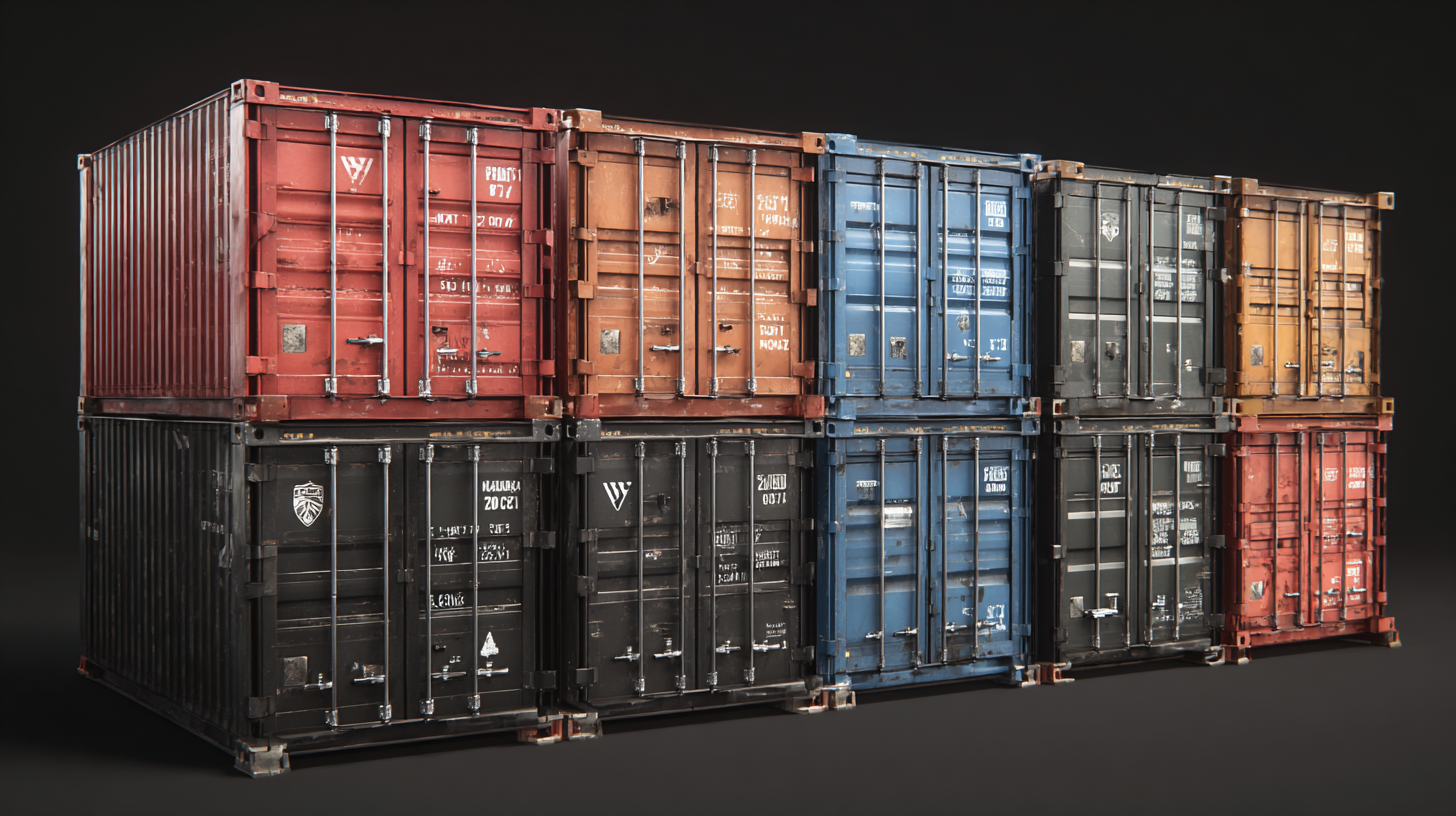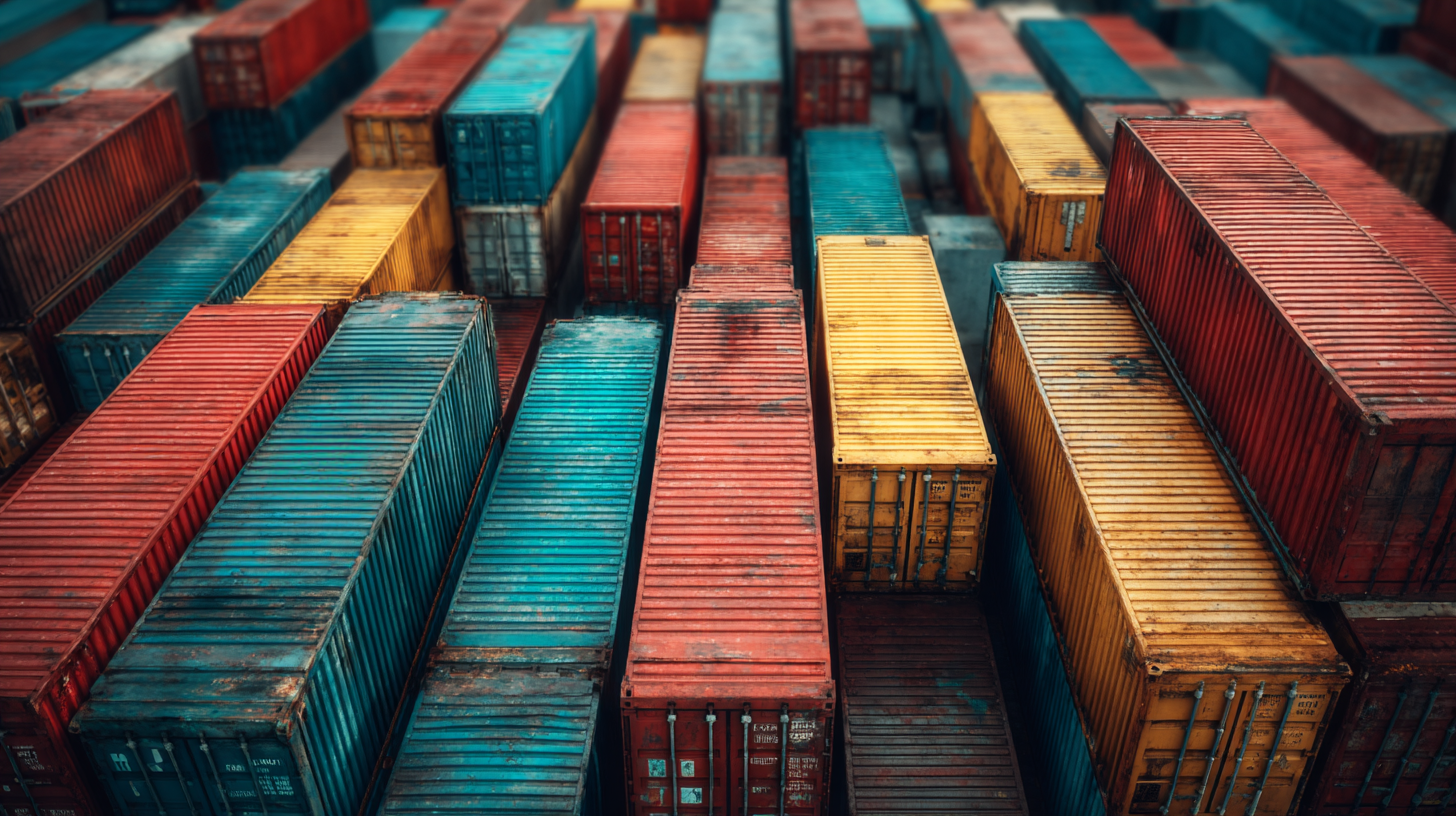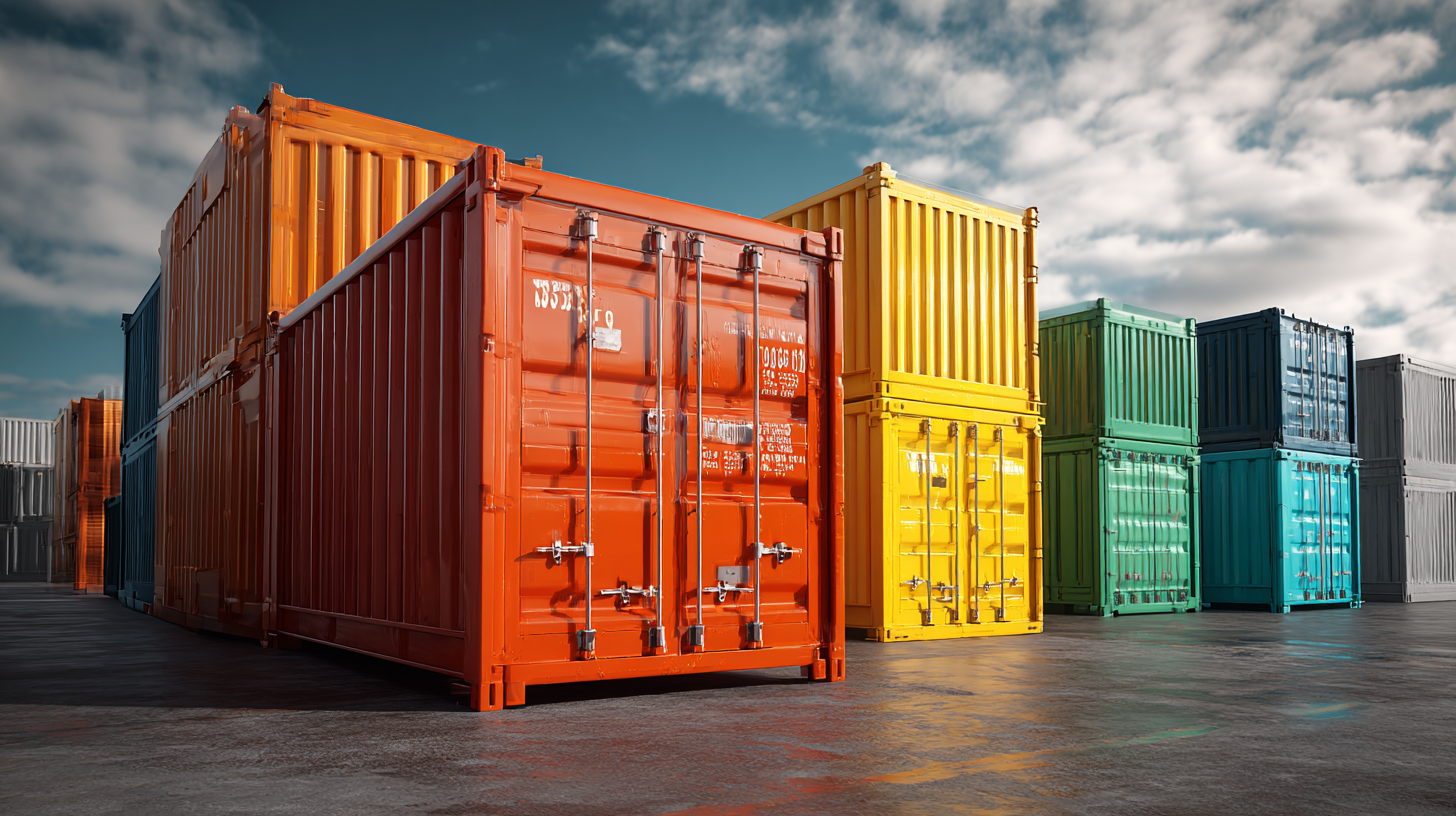
Blog
Understanding the Technical Specifications of the Best Plastic Shipping Containers with a Comprehensive Tutorial
In today's fast-paced logistics and shipping industry, understanding the technical specifications of plastic shipping containers is more vital than ever. As businesses increasingly shift towards sustainable and efficient packaging solutions, plastic shipping containers have emerged as a preferred choice for their durability, versatility, and cost-effectiveness. This blog aims to delve into the intricacies of these containers, offering a comprehensive tutorial that covers everything from material specifications and design features to weight capacities and compliance standards. Whether you are a logistics manager seeking to optimize your supply chain or a business owner keen on improving your shipping practices, this guide will equip you with the knowledge and insights needed to make informed decisions. Join us as we explore the future of plastic shipping containers and uncover the benefits they bring to modern shipping solutions.

Exploring Key Materials and Designs of Top Plastic Shipping Containers
When selecting plastic shipping containers, the choice of materials and designs plays a critical role in ensuring safe and efficient transport. High-density polyethylene (HDPE) and polypropylene are among the top materials used, known for their durability and resistance to impact and chemicals. These materials not only prolong the lifespan of the container but also allow for easy cleaning, ensuring hygiene for various applications, from food to pharmaceuticals.
**Tips:** When evaluating containers, consider those with UV stabilizers if they will be exposed to sunlight during shipping. Additionally, containers with reinforced corners can provide extra protection against potential damage during handling.
Design is equally important in optimizing functionality. Stackable containers save space and improve storage efficiency, while containers with ergonomic handles enhance ease of use during loading and unloading. Furthermore, ventilated designs are crucial when shipping perishable goods, as they promote airflow and reduce spoilage.
**Tips:** Look for designs that include interlocking features for stability during transport. Always assess the container size to fit your goods perfectly, minimizing movement and ensuring them arrive safely at their destination.

Real-World Case Studies: Successful Applications of Plastic Shipping Containers
Plastic shipping containers have gained traction in various industries due to their versatility, durability, and cost-effectiveness. Real-world case studies illustrate successful applications of these containers, demonstrating their significant role in supply chain efficiency. For instance, a recent analysis shows that companies utilizing plastic shipping containers reduced packaging waste by over 30%, which aligns with the global movement towards sustainability. Notably, the integration of biodegradable polymers in packaging has emerged as a crucial trend, particularly in the food industry, where minimizing environmental impact is increasingly vital.
Tip: When selecting plastic shipping containers, consider those designed with recyclability in mind, as these can help further enhance your sustainability efforts.
In the context of circular economy practices, many businesses have adopted innovative ways to optimize their packaging strategies, achieving remarkable outcomes. For example, a leading logistics firm reported a 25% decrease in costs by shifting to reusable plastic shipping containers, thereby reducing their dependency on single-use packaging solutions. This trend not only supports waste reduction but also highlights the importance of aligning operational practices with sustainable objectives.
Tip: Explore multi-use shipping containers that can be returned and reused, which can significantly cut down on operational costs and environmental footprint.
Identifying Common Problems Associated with Plastic Shipping Containers
When it comes to plastic shipping containers, understanding the common problems associated with their use is essential for ensuring effective logistics. One prevalent issue is the susceptibility of these containers to UV damage. Over time, exposure to sunlight can cause plastics to become brittle and degrade, compromising their integrity and leading to potential leaks or breakage during transit. Companies should consider UV-resistant alternatives or utilize protective coverings for containers stored outdoors.
Another common problem is contamination. Plastic shipping containers can easily become contaminated if not properly cleaned or maintained between uses, particularly in industries dealing with food or pharmaceuticals. Residues from previous shipments can pose health risks, so implementing a stringent cleaning protocol is vital. Lastly, improper stacking and loading can lead to structural failures. It’s crucial to adhere to recommended weight limits and stacking instructions to prevent accidents that could damage products and disrupt supply chains. Addressing these issues through proper training and maintenance can significantly enhance the effectiveness of plastic shipping containers in various applications.
Analysis of Common Problems Associated with Plastic Shipping Containers
Best Practices for Selecting the Right Plastic Shipping Container
When selecting the right plastic shipping container, there are several best practices to consider that can significantly enhance the efficiency and safety of your shipping processes. First, it is crucial to evaluate the specific requirements of the goods being shipped. Factors such as size, weight, and fragility of the items will dictate the type and strength of the container needed. For instance, heavier items may require reinforced containers, while fragile items might benefit from additional cushioning or dividers to prevent damage during transit.
Secondly, consider the durability of the plastic material used in the containers. High-density polyethylene (HDPE) and polypropylene (PP) are common choices known for their strength and resistance to various environmental factors. Additionally, it's essential to assess the container's ability to withstand temperature fluctuations and exposure to UV rays if it will be stored outdoors. Another critical aspect is the container's stackability and compatibility with your existing shipping and storage systems, as this can save space and streamline operations significantly. Finally, ensure that you choose containers that conform to industry standards to avoid compliance issues with shipping regulations.
Understanding the Technical Specifications of the Best Plastic Shipping Containers
| Container Type | Dimensions (L x W x H) | Volume (Liters) | Weight Capacity (Kg) | Material Type | Stackable |
|---|---|---|---|---|---|
| Standard Tote | 60 x 40 x 25 cm | 60 | 30 | Polypropylene | Yes |
| Heavy-Duty Box | 80 x 60 x 50 cm | 240 | 100 | HDPE | Yes |
| Stackable Pallet | 120 x 100 x 10 cm | 120 | 500 | PP | Yes |
| Open-Top Bin | 110 x 120 x 60 cm | 792 | 300 | LDPE | No |
Innovative Solutions to Overcome Challenges in Plastic Shipping Container Usage
The world of plastic shipping containers has evolved significantly, with innovative solutions emerging to tackle common challenges faced by businesses. One prominent issue is the durability and longevity of containers during transit. High-quality plastic shipping containers now feature advanced materials and design technologies, such as reinforced structures and UV-resistant coatings, ensuring that they can withstand harsh conditions without compromising the safety of their contents.

Another challenge is the environmental impact of plastic use. To address this, manufacturers are increasingly implementing sustainable practices, such as producing containers from recycled materials or designing them for easy recyclability. Additionally, integrating smart technology into these containers allows businesses to monitor temperature, humidity, and other critical factors, ensuring that goods are transported in optimal conditions while reducing waste and enhancing efficiency.
These innovative approaches not only ensure the reliability of plastic shipping containers but also promote a more sustainable future for logistics and supply chain management.
